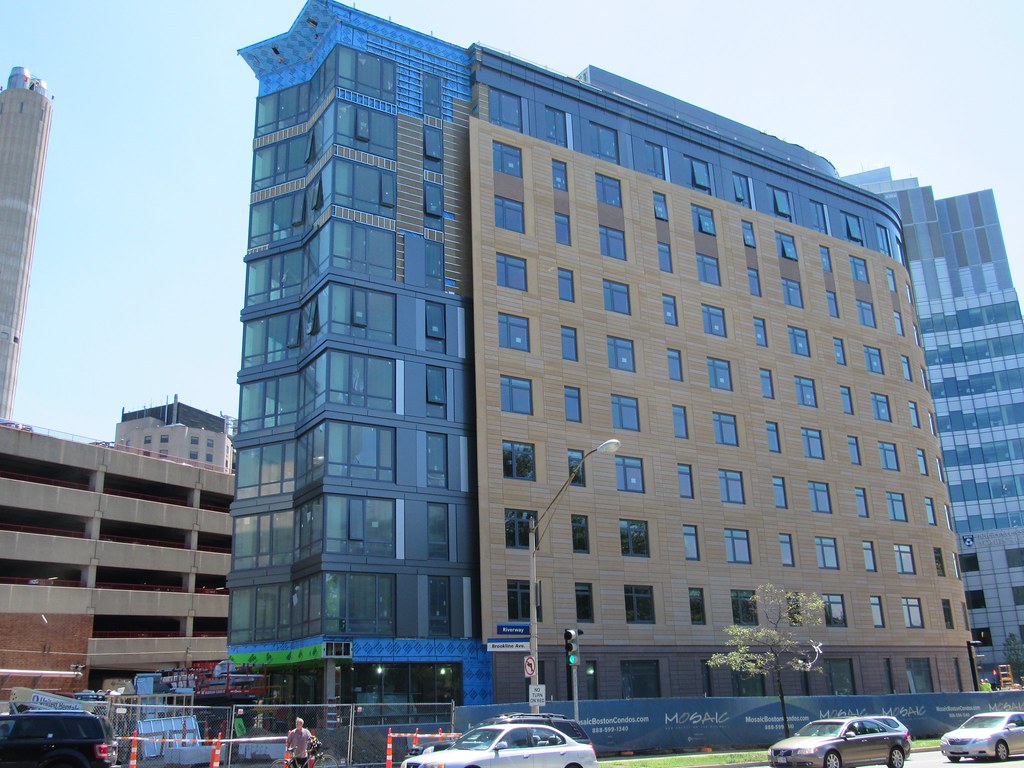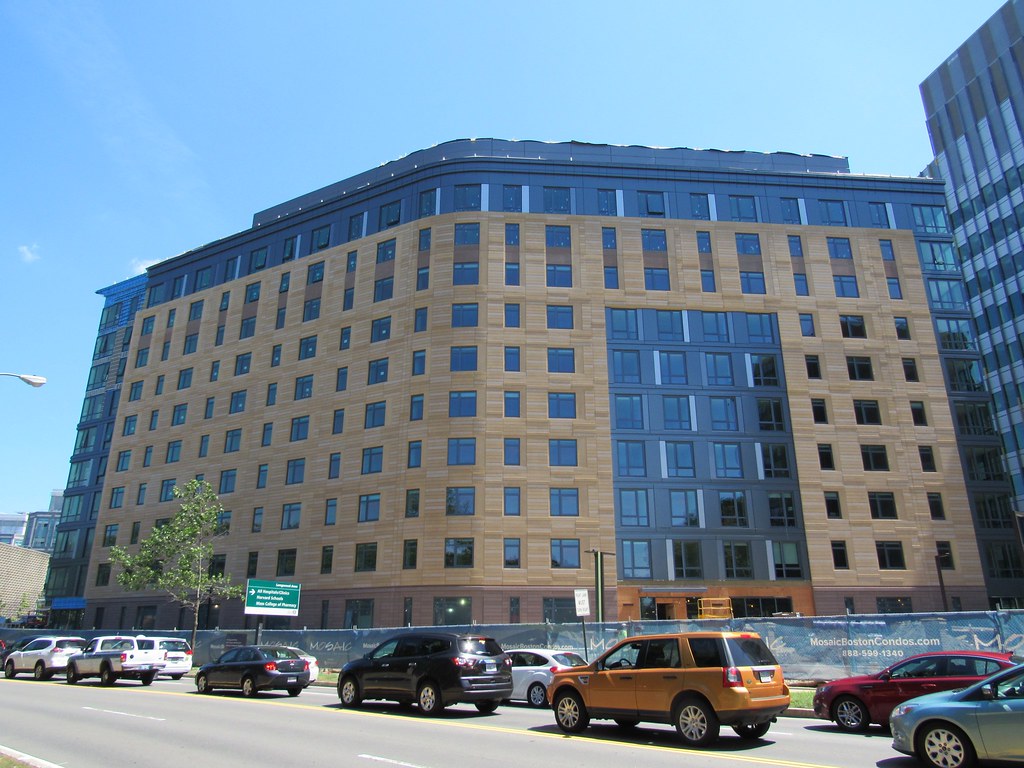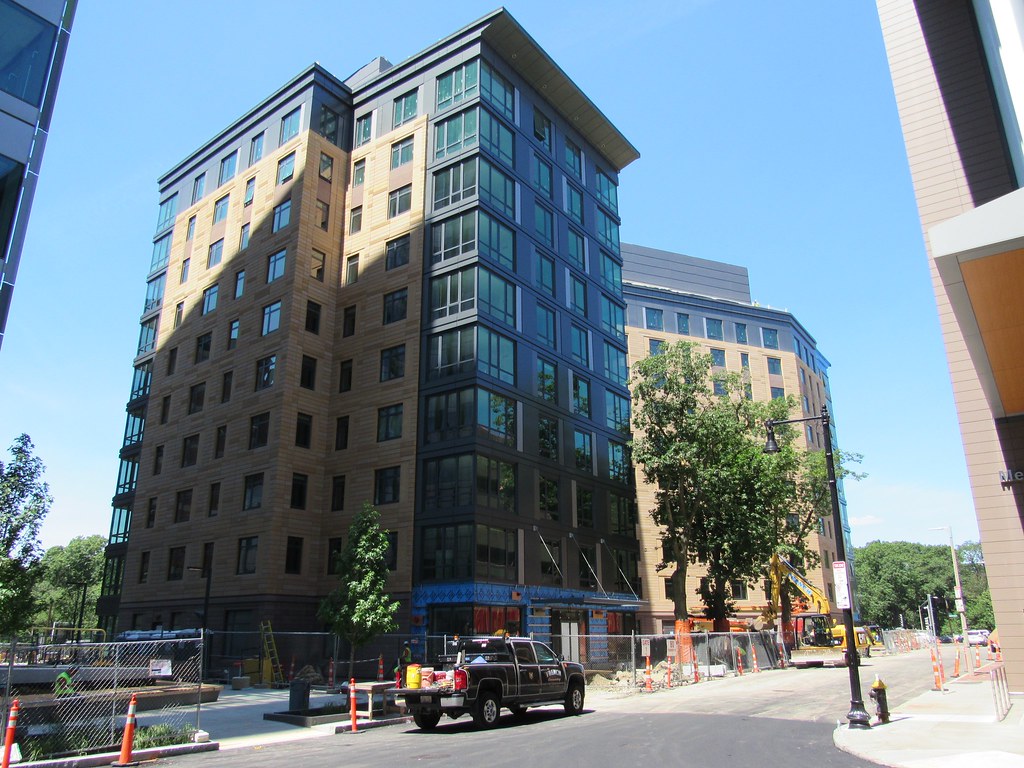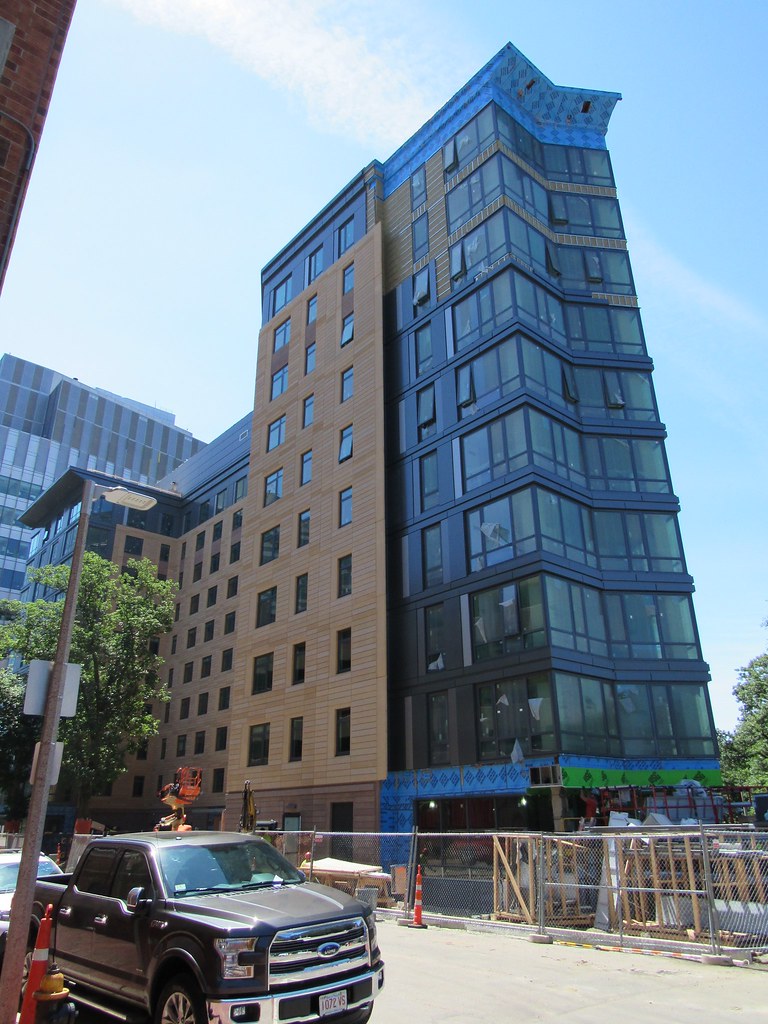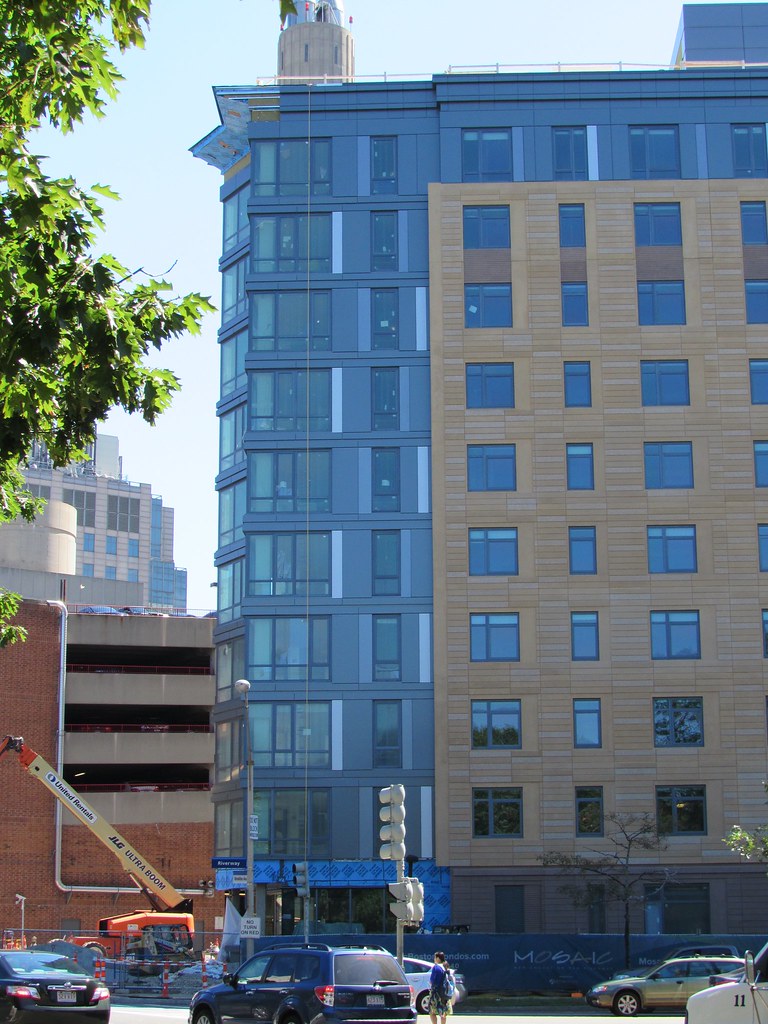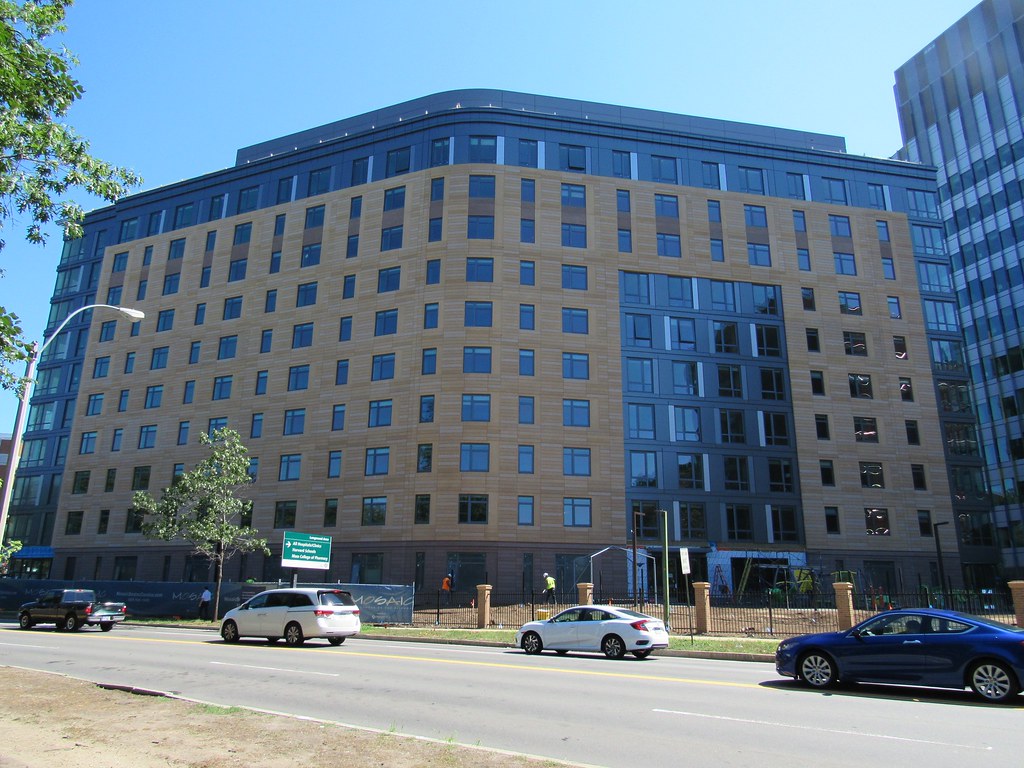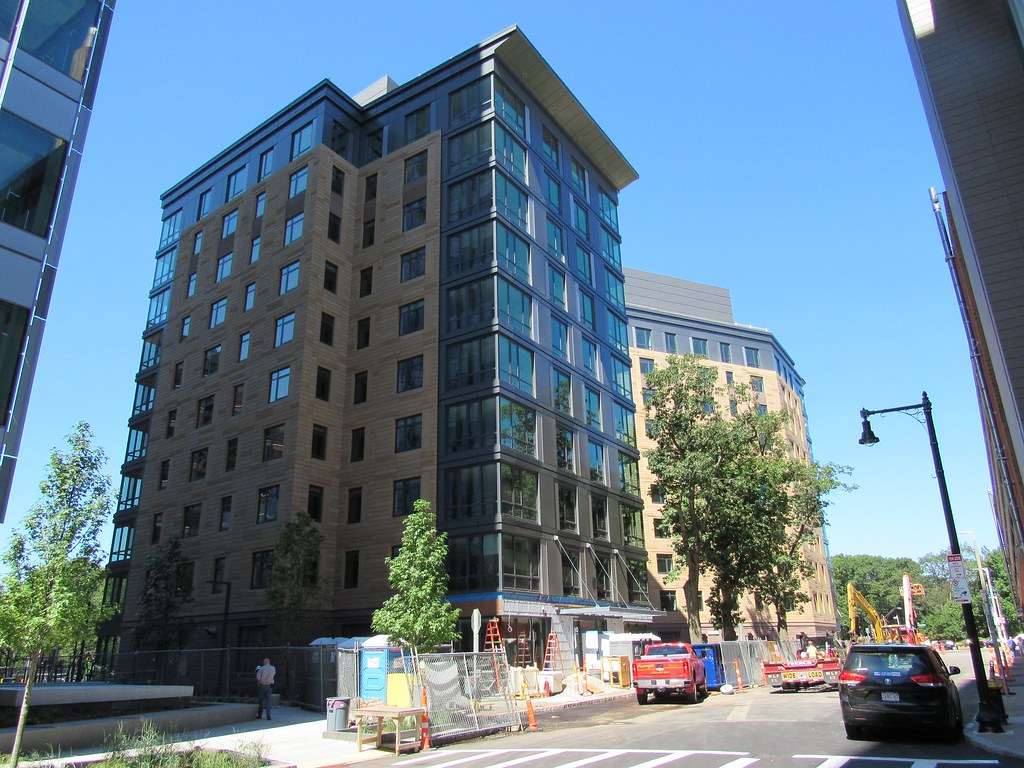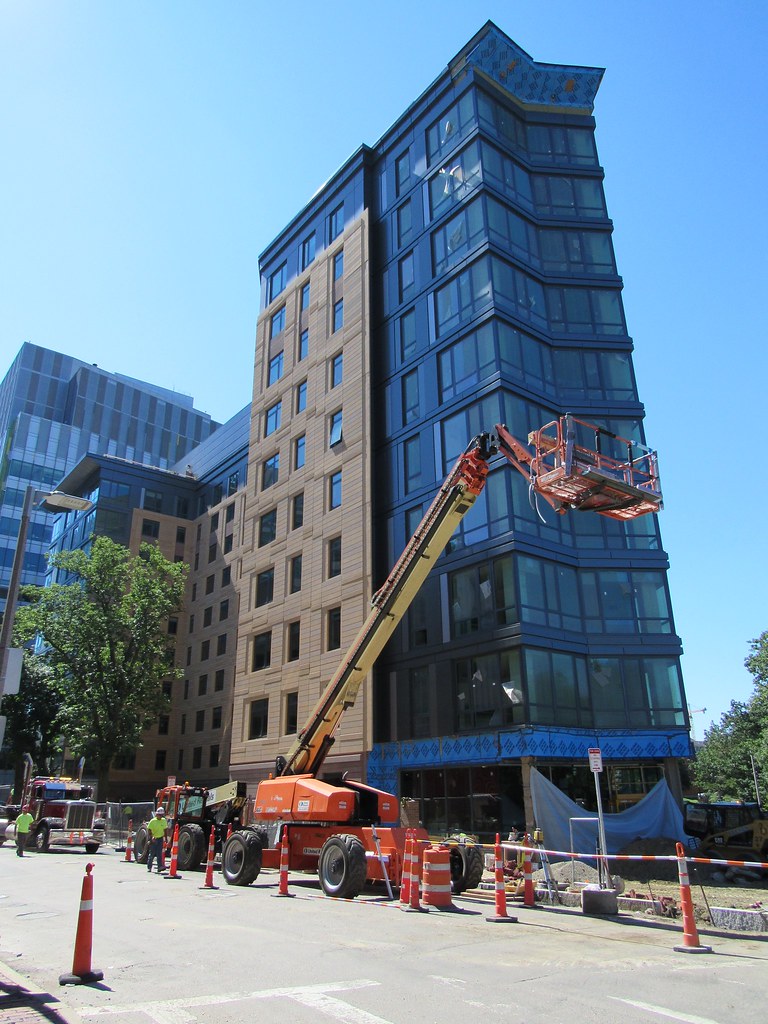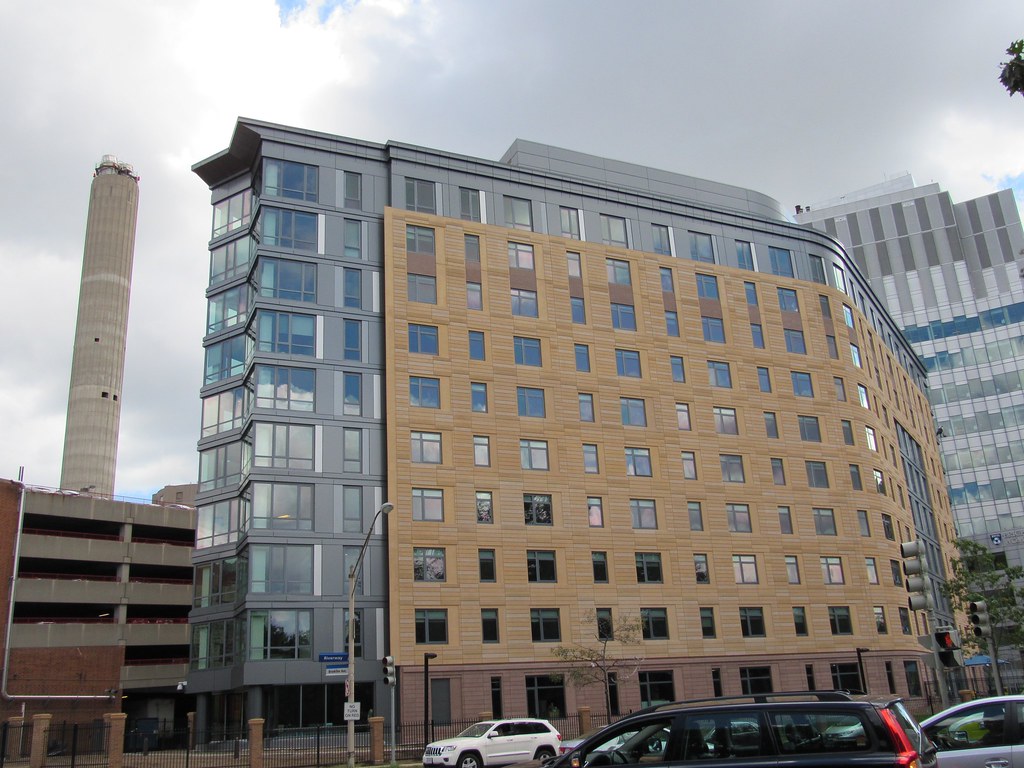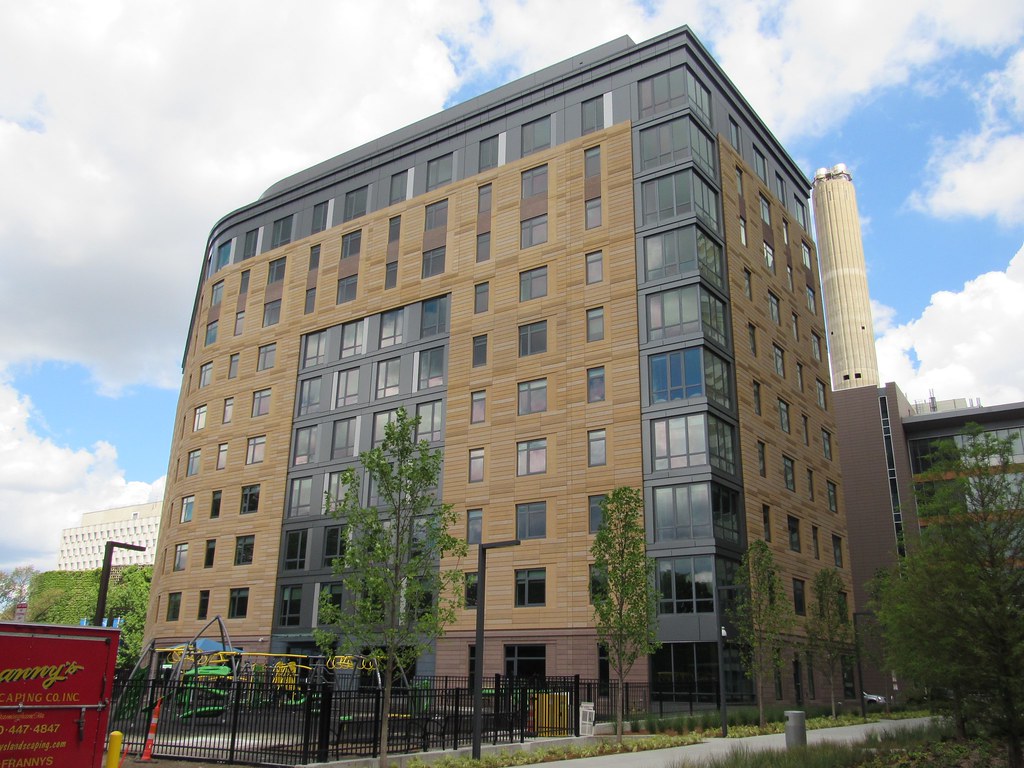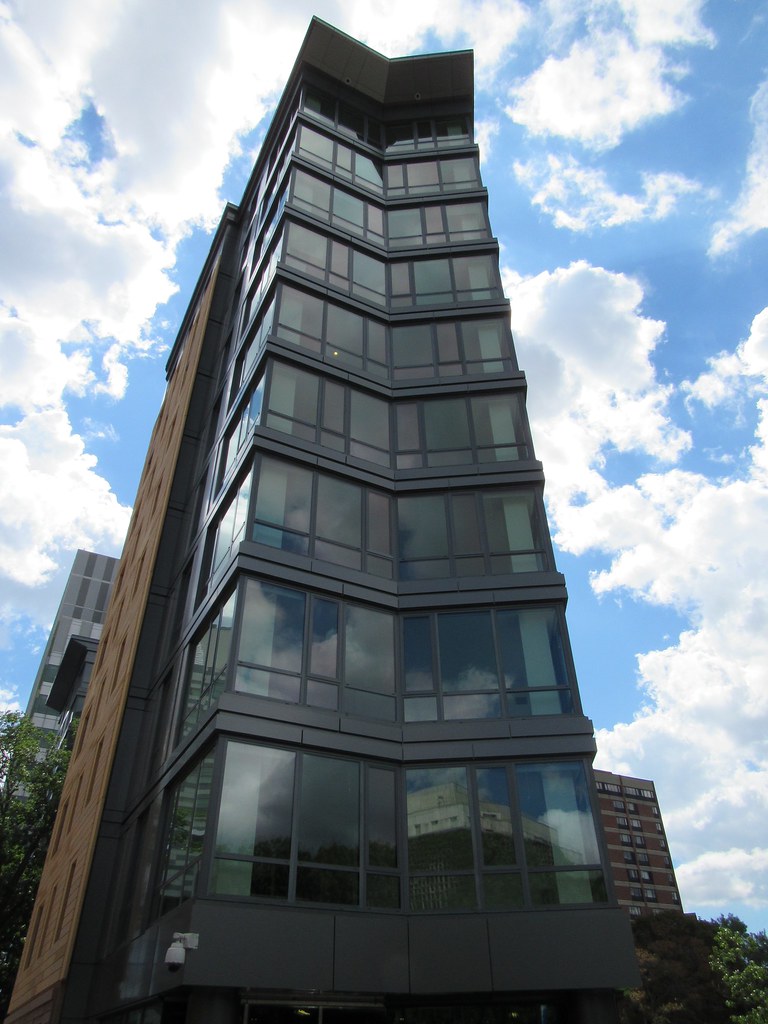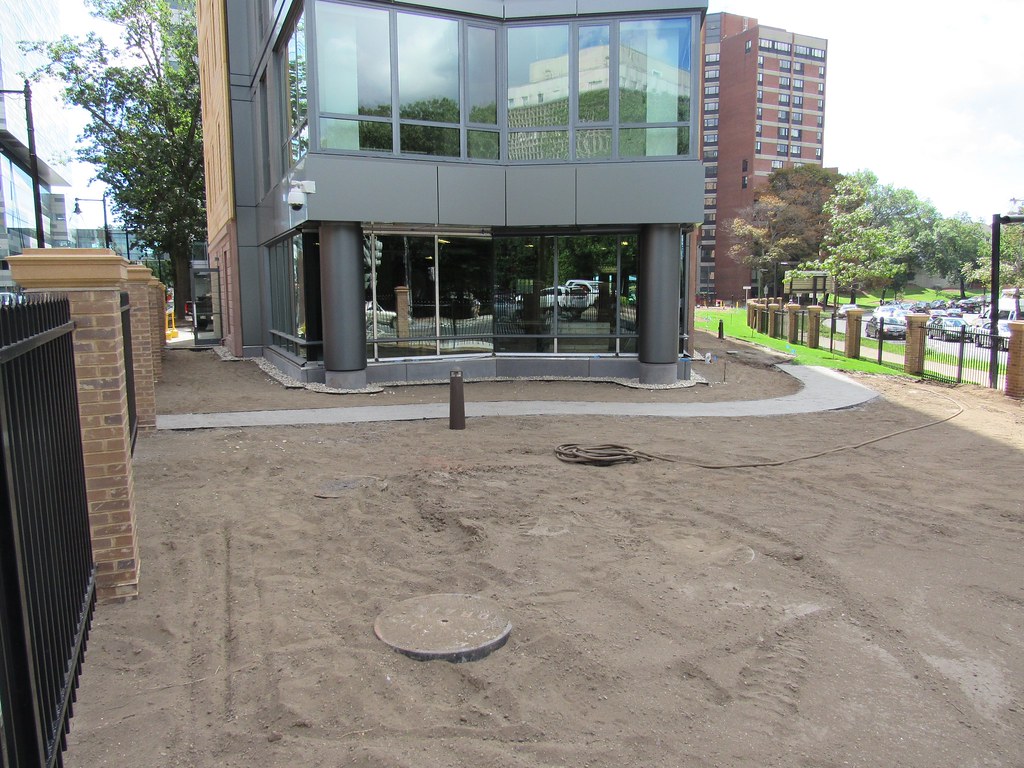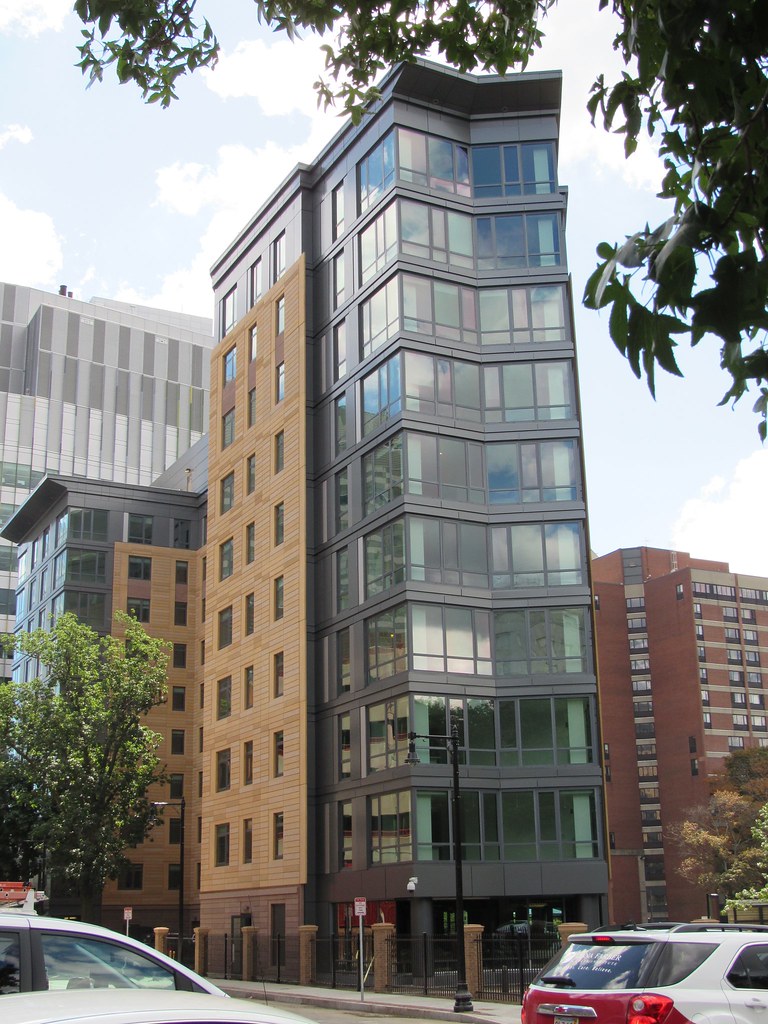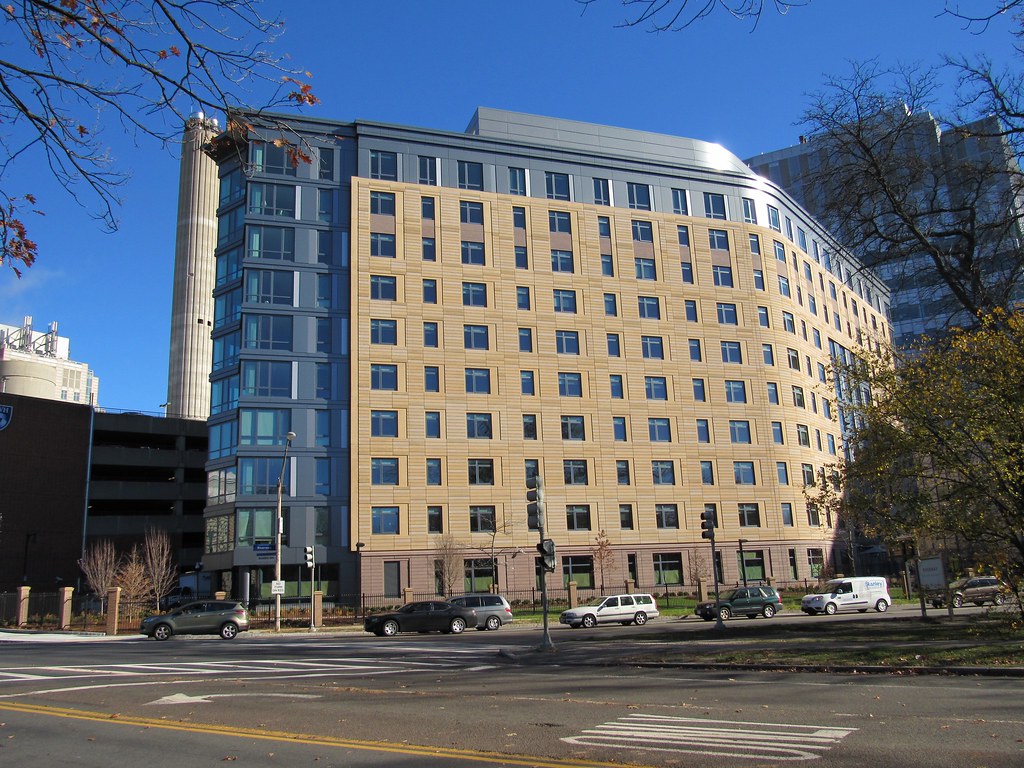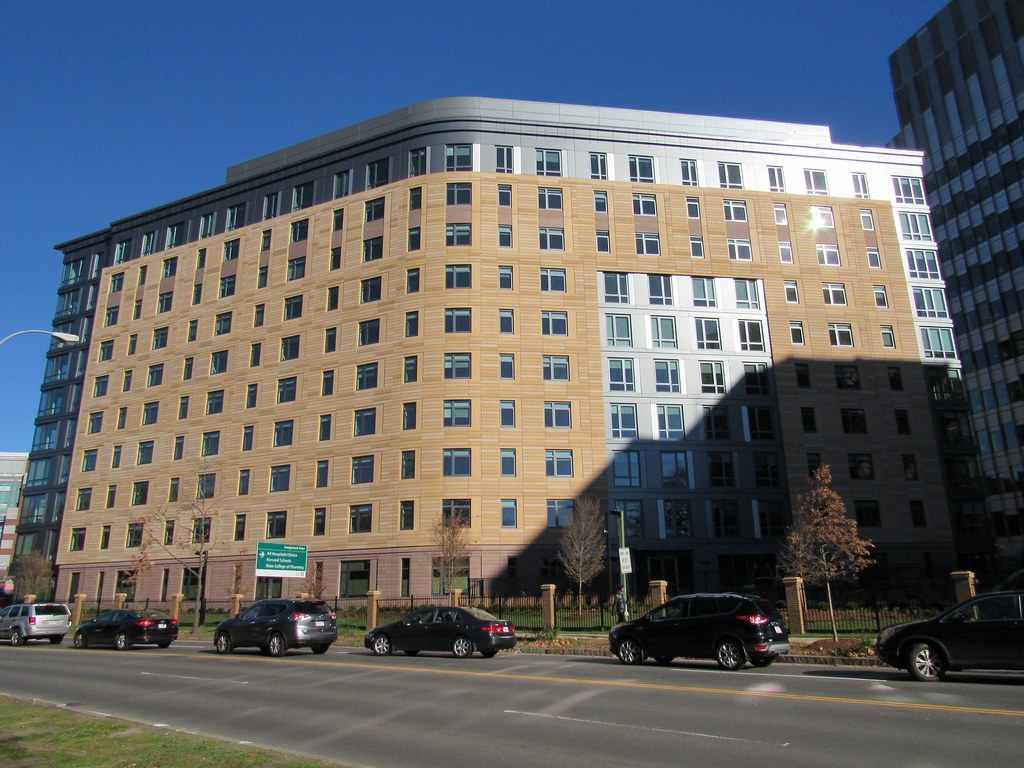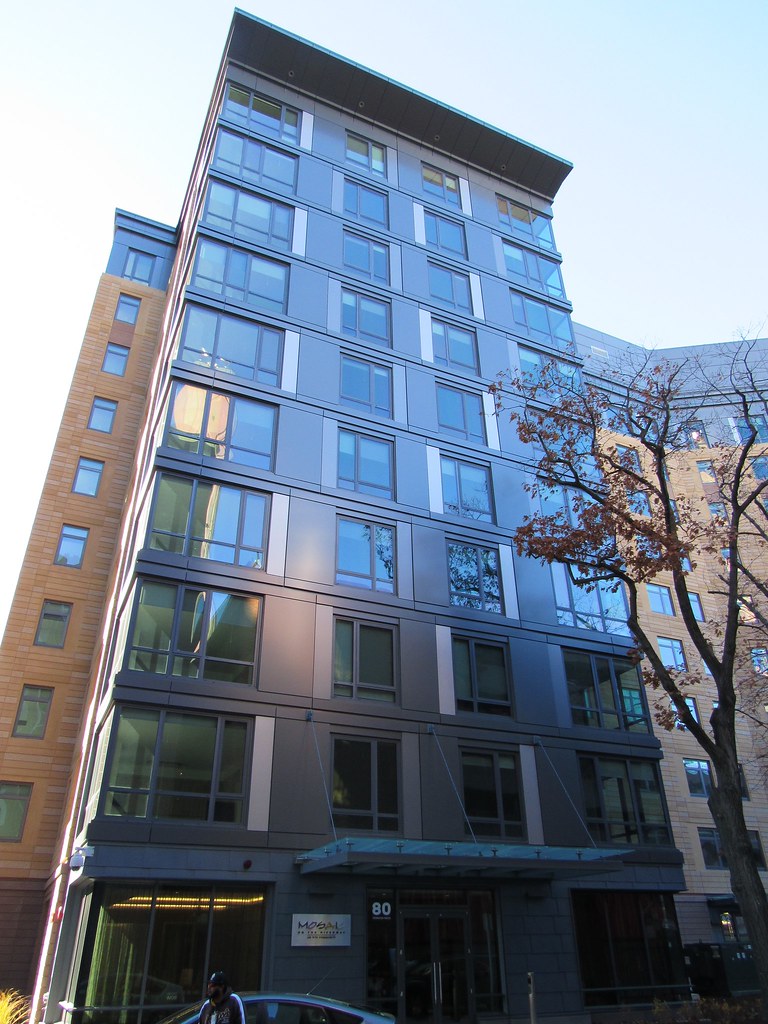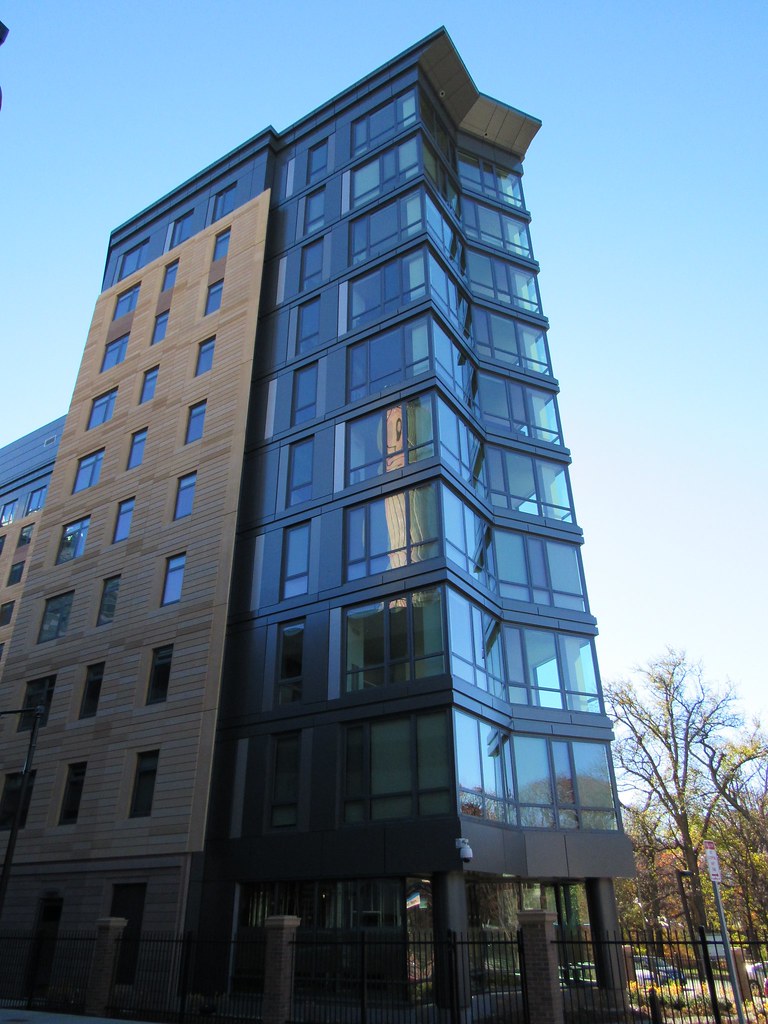whighlander
Senior Member
- Joined
- Aug 14, 2006
- Messages
- 7,812
- Reaction score
- 647
The 30-35,000 is Marty's goal but to really make a difference in cost and not just hold thing where they are now it would have to be over 50,000.
Citylover -- I'm always very suspicious of these kinds of demand projections -- they all tend to suffer from single to multiple transformation syndrome
Back at the tail-end of the Dotcom / Telecom boom -- I was doing some work with a well funded, rapidly growing start-up in Cambridge [Central Square area]. I did some scoping -out of the real estate options for the company assuming that the head-count would double again in the next 6 months. So I called a number of commercial / industrial real estate brokers and asked about the availability of 100k sq ft. The company really needed about 60k but I was trying to see what might be gotten that would obviate the need for the 3rd move in 1.5 years.
Now I'm, sure that the developers all got calls from the brokers who wanted to see what was in the early stages of the pipeline. And this being the Mother of all Booms -- the publications all got wind. My inquiry ended-up as a part of the story on the boom in conversions of old commercial / industrial builidings into space for Dotcom / telecoms.
Of-course we all know that everything pretty much collapsed in the next 6 months and there was no real demand -- within 6 more months the remnants of the company slipped away into the murk of history.
Is there really a demand for 50,000 more units housing some 100k to 150k more people? in 15 years -- we can only go on the basis of the current rebound in Boston's population continuing. Yet a competing interest has published a report saying most of the new growth will bring in more cars [80k] -- that implies suburban growth -- are we double counting the same economic growth driving both city and suburban homes?
In 5 years when the 2020 Census has been processed we'll have a real data point to test our hypothesis against
Here's the historic data for the period since WWII
1950 801,444 +4.0%
1960 697,197 −13.0%
1970 641,071 −8.1%
1980 562,994 −12.2%
1990 574,283 +2.0%
2000 589,141 +2.6%
2010 617,594 +4.8%
Est. 2015 667,137 +8.0%


